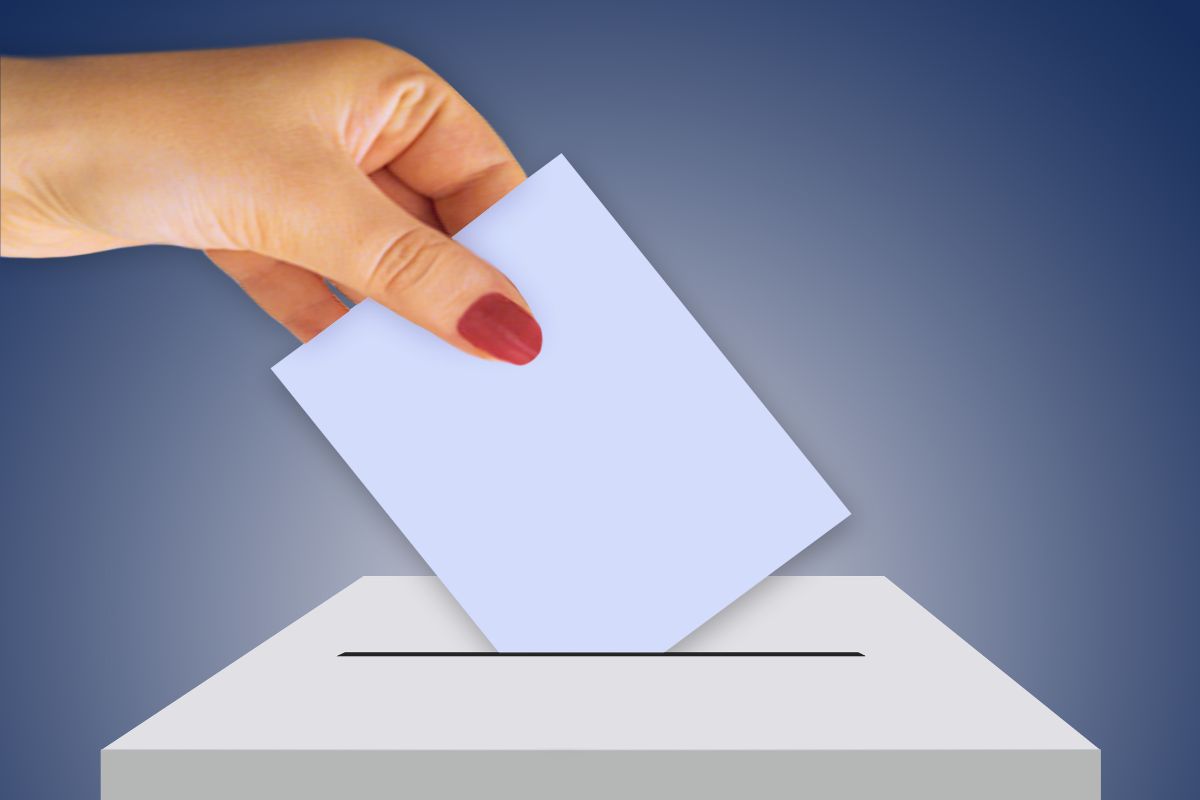
Did you know that mail-in ballots are used by many countries around the world to ensure that everyone has a chance to vote? This method allows citizens to cast their votes without physically going to a polling station. It's especially helpful for those who can't make it in person due to distance, health, or other reasons. Countries like the United States, Switzerland, and Australia have embraced this system to boost voter participation. Each nation has its own unique way of handling mail-in ballots, from strict verification processes to specific deadlines. Curious about how different countries manage this voting method? Let's dive into 15 fascinating facts about mail-in ballots around the globe!
Countries Embracing Mail-In Ballots
Mail-in ballots have become a popular method for voting in many countries. This system allows voters to cast their ballots from the comfort of their homes, making the voting process more accessible and convenient. Here are some fascinating facts about countries that use mail-in ballots.
-
United States: The U.S. has a long history with mail-in voting, dating back to the Civil War. In recent elections, millions of Americans have opted for mail-in ballots to avoid long lines and ensure their votes are counted.
-
Switzerland: Swiss citizens have been using mail-in ballots since the 1970s. In fact, over 90% of Swiss voters choose to vote by mail, making it the most popular voting method in the country.
-
Germany: Mail-in voting has been available in Germany since 1957. German voters appreciate the flexibility it offers, especially those who are traveling or unable to visit polling stations on election day.
Historical Context of Mail-In Voting
Understanding the historical context of mail-in voting helps appreciate its significance. Many countries adopted this method to ensure voter participation during challenging times.
-
Australia: Australia introduced mail-in ballots during World War I to allow soldiers to vote. Today, it remains a vital option for those who cannot vote in person due to distance or disability.
-
Canada: Canada started using mail-in ballots in the 1990s. This method is particularly beneficial for Canadians living abroad or in remote areas.
-
New Zealand: New Zealanders have had the option to vote by mail since 2002. This system is especially useful for those living in rural areas or overseas.
Modern Adoption and Popularity
In recent years, the popularity of mail-in ballots has surged due to their convenience and the ongoing global pandemic. Many countries have expanded their mail-in voting systems to accommodate more voters.
-
United Kingdom: The UK allows postal voting for anyone who requests it. This system has been in place since 2001 and has seen a steady increase in usage.
-
France: While France primarily uses in-person voting, mail-in ballots are available for citizens living abroad. This ensures that expatriates can still participate in national elections.
-
Japan: Japan offers mail-in voting for those who are hospitalized or have disabilities. This ensures that all citizens have the opportunity to vote, regardless of their physical condition.
Benefits of Mail-In Voting
Mail-in voting offers numerous benefits, from increased voter turnout to greater accessibility. These advantages make it an appealing option for many countries.
-
South Korea: South Korea introduced mail-in voting to increase voter turnout. The system has been successful, particularly among younger voters and those living in remote areas.
-
Finland: Finland uses mail-in ballots for citizens living abroad. This ensures that Finnish expatriates can participate in elections, maintaining their connection to their homeland.
-
Norway: Norway offers mail-in voting for those who cannot vote in person. This includes citizens living abroad, as well as those with disabilities or other constraints.
Challenges and Controversies
Despite its benefits, mail-in voting is not without challenges. Some countries have faced issues related to security, fraud, and logistical difficulties.
-
Brazil: Brazil has experimented with mail-in voting but faced challenges related to security and fraud. As a result, the country primarily relies on electronic voting machines.
-
India: India offers mail-in voting for military personnel and government employees stationed abroad. However, logistical challenges and concerns about fraud have limited its widespread adoption.
-
Mexico: Mexico allows mail-in voting for citizens living abroad. While this system has increased voter participation, it has also faced challenges related to ensuring the security and integrity of the ballots.
The Final Word on Mail-In Ballots
Mail-in ballots are more than just a convenience. They’re a vital part of democracy in many countries. From the United States to Switzerland, these ballots ensure everyone’s voice gets heard, even if they can’t make it to a polling station. They boost voter turnout, making elections more inclusive. Plus, they’re secure. Countries using mail-in ballots have systems in place to prevent fraud and ensure accuracy.
Understanding how different nations handle mail-in voting can give us insights into improving our own systems. It’s clear that when done right, mail-in ballots can strengthen democracy. So next time you hear about mail-in voting, remember it’s not just about mailing a piece of paper. It’s about making sure every vote counts, no matter where it comes from.
Was this page helpful?
Our commitment to delivering trustworthy and engaging content is at the heart of what we do. Each fact on our site is contributed by real users like you, bringing a wealth of diverse insights and information. To ensure the highest standards of accuracy and reliability, our dedicated editors meticulously review each submission. This process guarantees that the facts we share are not only fascinating but also credible. Trust in our commitment to quality and authenticity as you explore and learn with us.
